But I did! Muuuahahaha!Their bright yellow tibial hairs are striking! They’re such fast and erratic flyers that it’s almost impossible to catch them on the wing.
- Formiculture.com
- Forums
- Gallery
- Members
- Member Map
- Chat

But I did! Muuuahahaha!Their bright yellow tibial hairs are striking! They’re such fast and erratic flyers that it’s almost impossible to catch them on the wing.
Ok, just rub it in ![]()
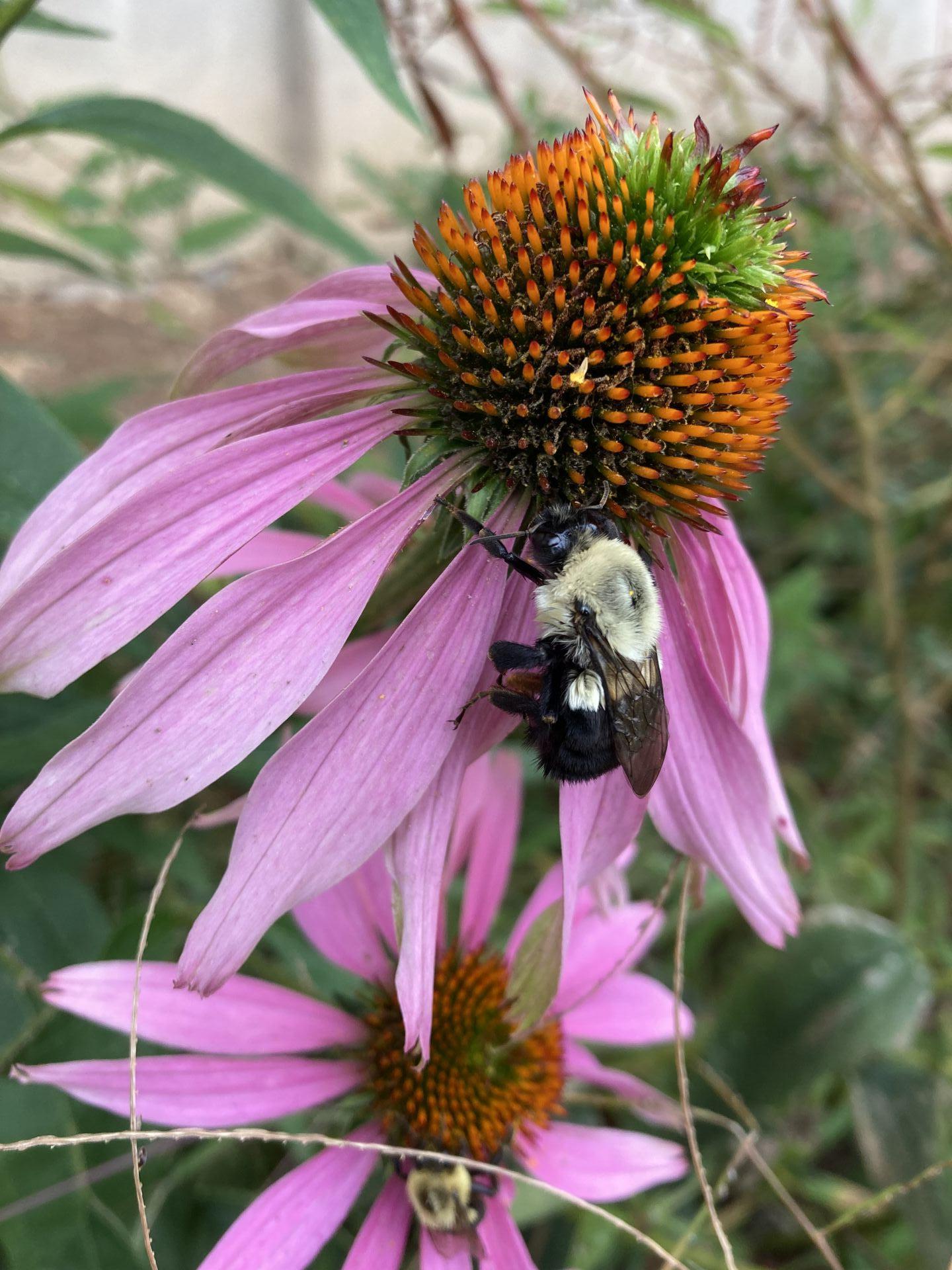
ANTdrew the photos on all ur previous posts page (1-3 I think) disappeared :0
Sorry. I accidentally deleted my gallery last year.ANTdrew the photos on all ur previous posts page (1-3 I think) disappeared :0
Sorry. I accidentally deleted my gallery last year.ANTdrew the photos on all ur previous posts page (1-3 I think) disappeared :0
Ahh i see
Bump. How does this thread not have more images?
Here are some of my own. Took them about an hour ago. I used a very high f-stop, f29 or something like that.
Ants are Pets, not Pests.
-Camponotus sansabeanus
-Camponotus US-CA02
-Camponotus vicinus
-Formica podzolica
-Monomorium spp.
-Pogonomyrmex californicus
-Solenopsis spp.
Bump. How does this thread not have more images?
Here are some of my own. Took them about an hour ago. I used a very high f-stop, f29 or something like that.
Hey, even with native North American bees in decline, we got 5 pages in a little over a year and a half. Thanks for contributing your shots. We’re not doing too bad for amateurs ![]()
Edited by ANTdrew, April 14 2022 - 12:24 PM.
We had some reasonable weather so I went out with my camera. I found some Apis melifera foraging in ground ivy (Glechoma hederacea).
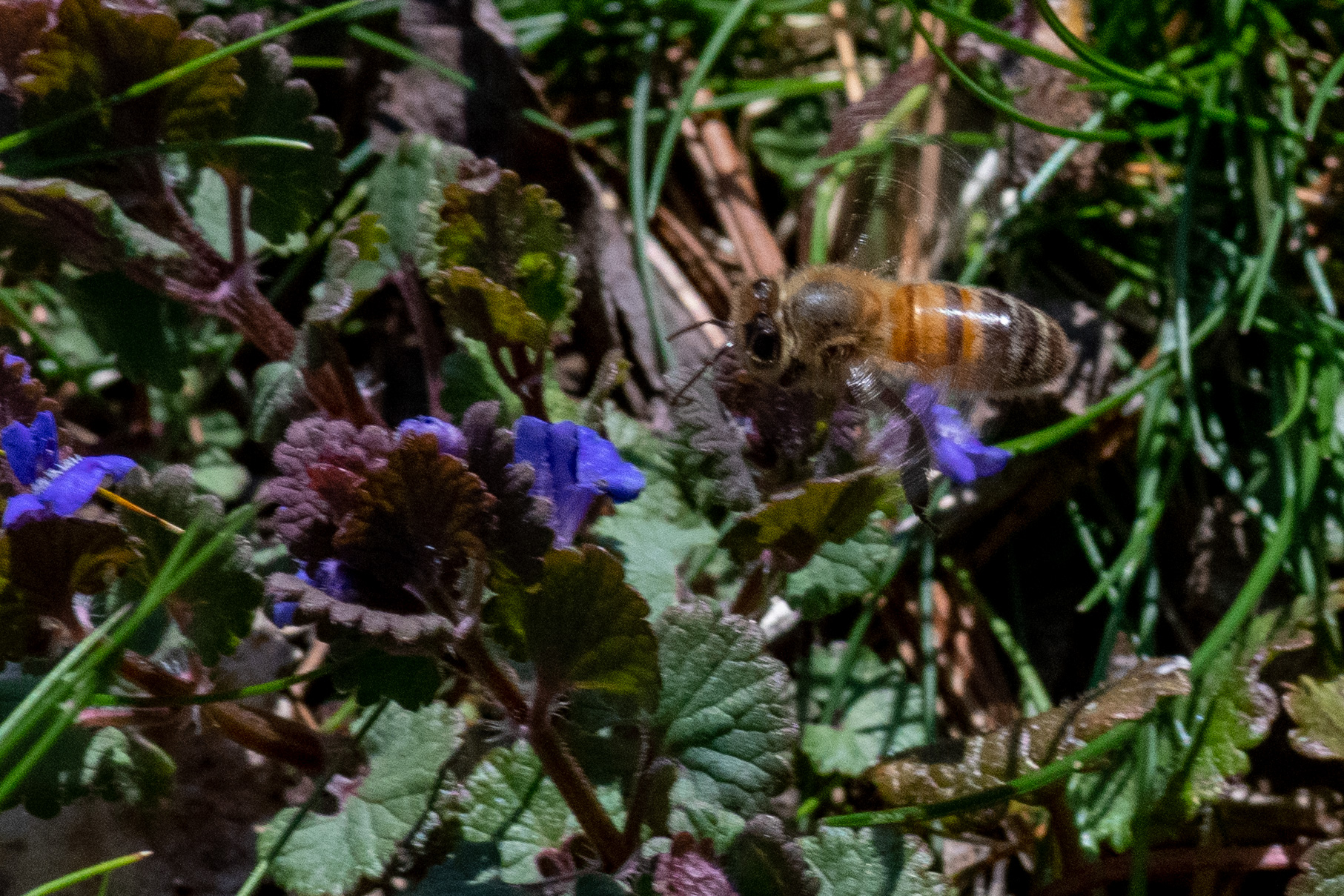
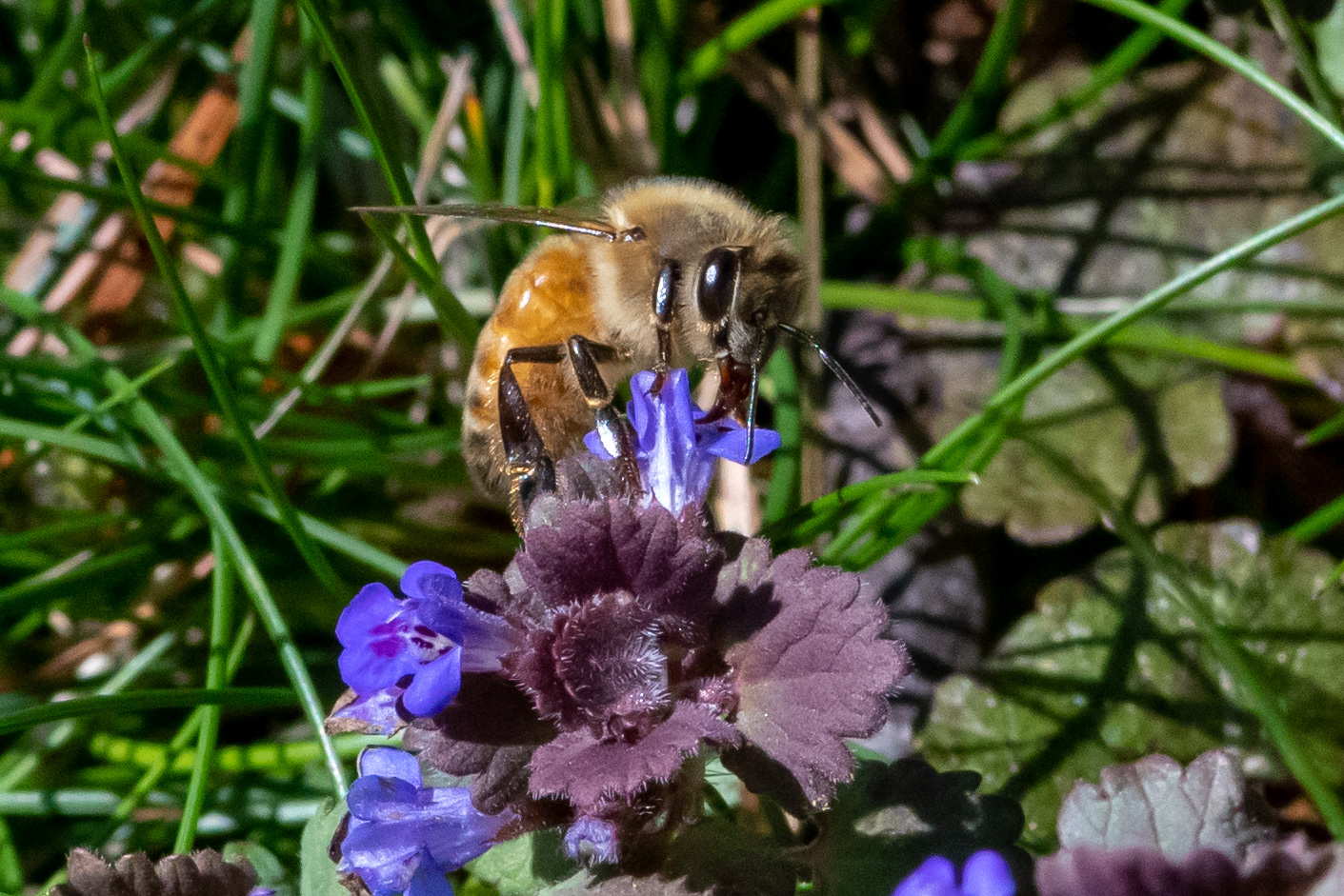
A Mason Bee of the genus Osmia also foraging in ground ivy.
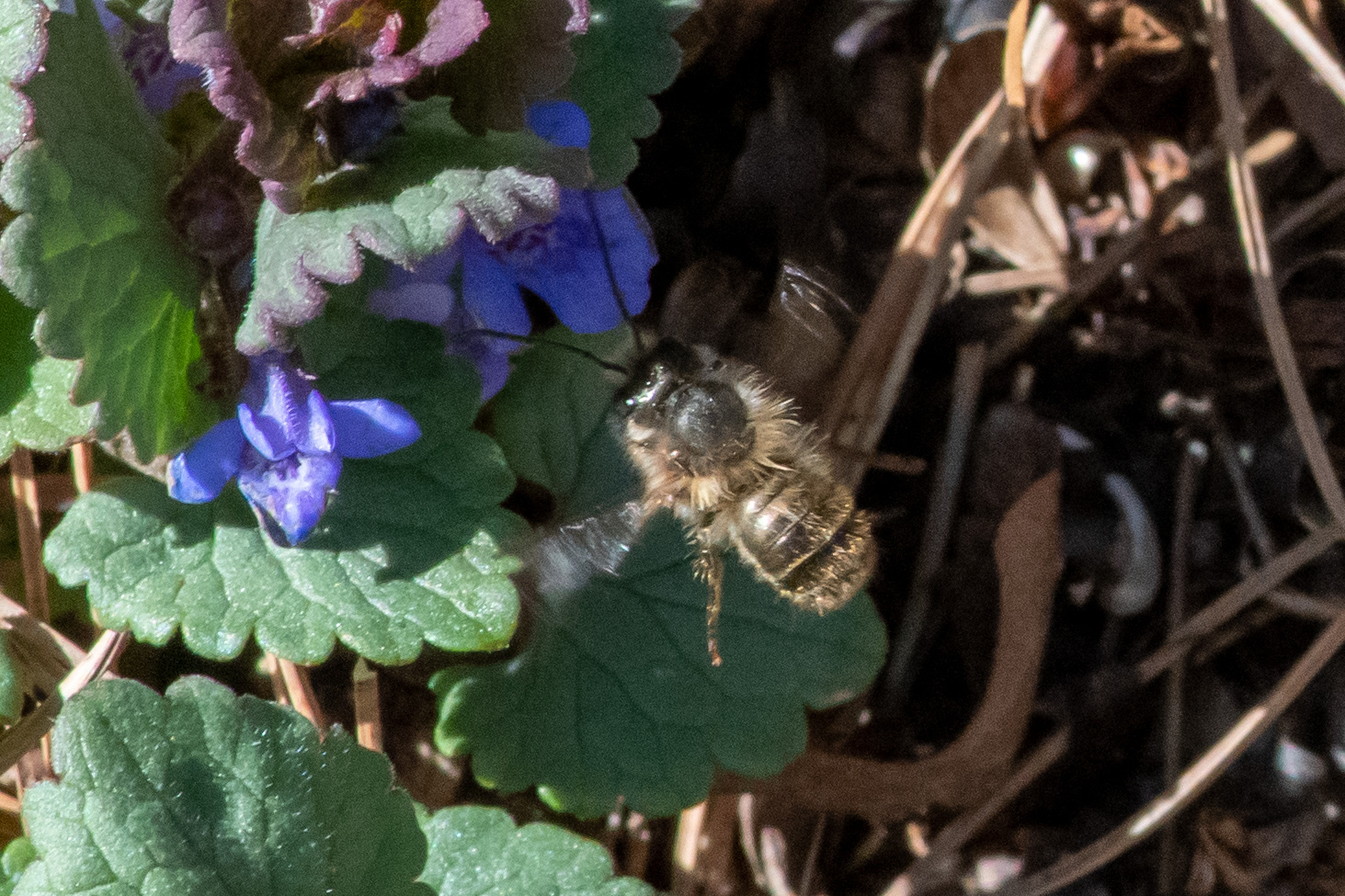
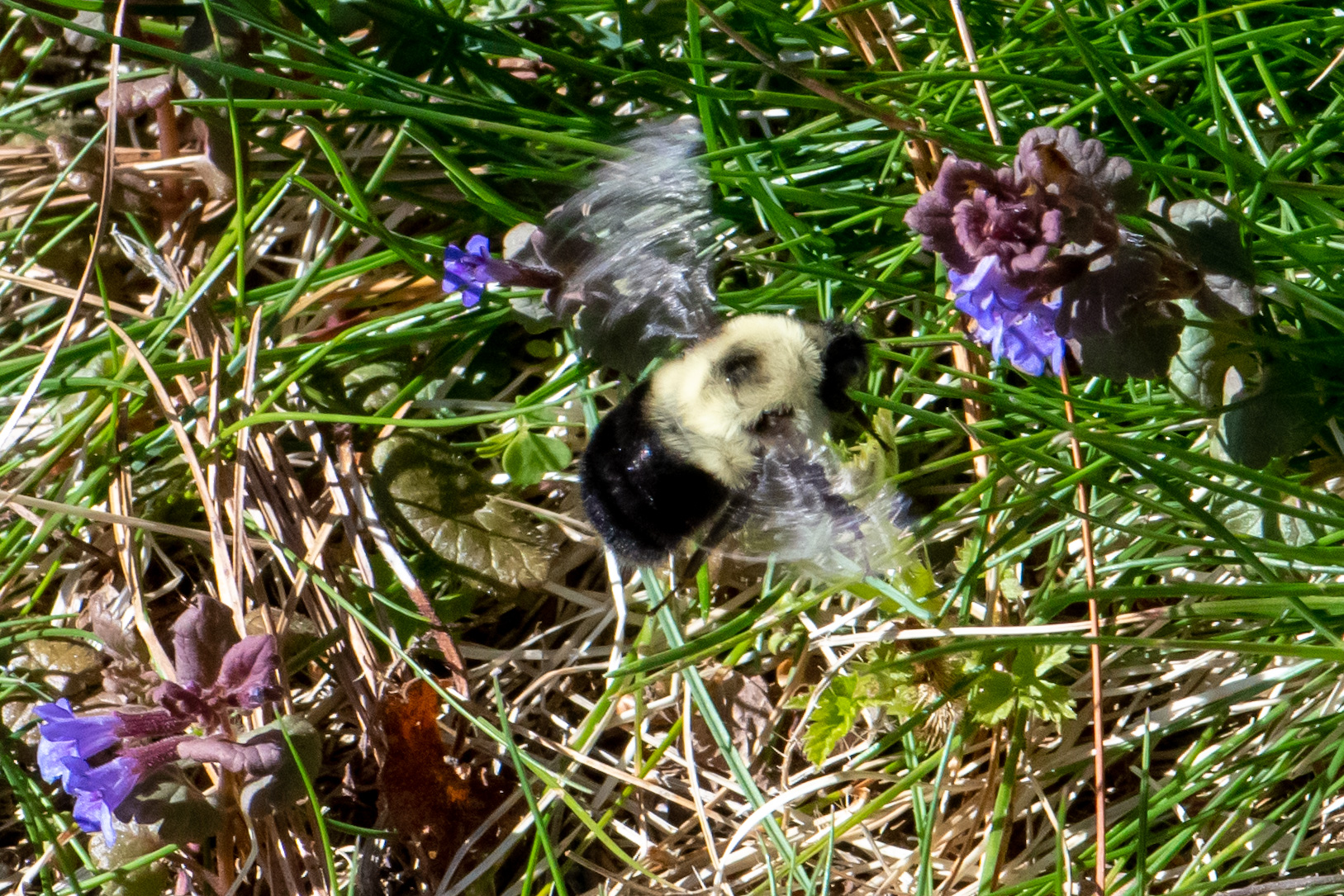
Edited by ConcordAntman, April 21 2022 - 8:13 PM.
Walking out of the house yesterday, I found this one warming on the newel post and snapped these with my iPhone. The last shot is a bit soft on focus as it’s heavily cropped. I’m not sure what it is though. It’s pretty big but the hind tibia is pretty hairy. The corbicula isn’t obvious, so is this a male (isn’t this the wrong time of year for a male to be alive)?? A few yellow hairs on the back of the head and two yellow bands on the first two tergites makes me doubt it’s B. impatiens. B. bimaculatus, perhaps B. perplexus, or B. vagans?? I’m gonna send it to Bee Watch too.
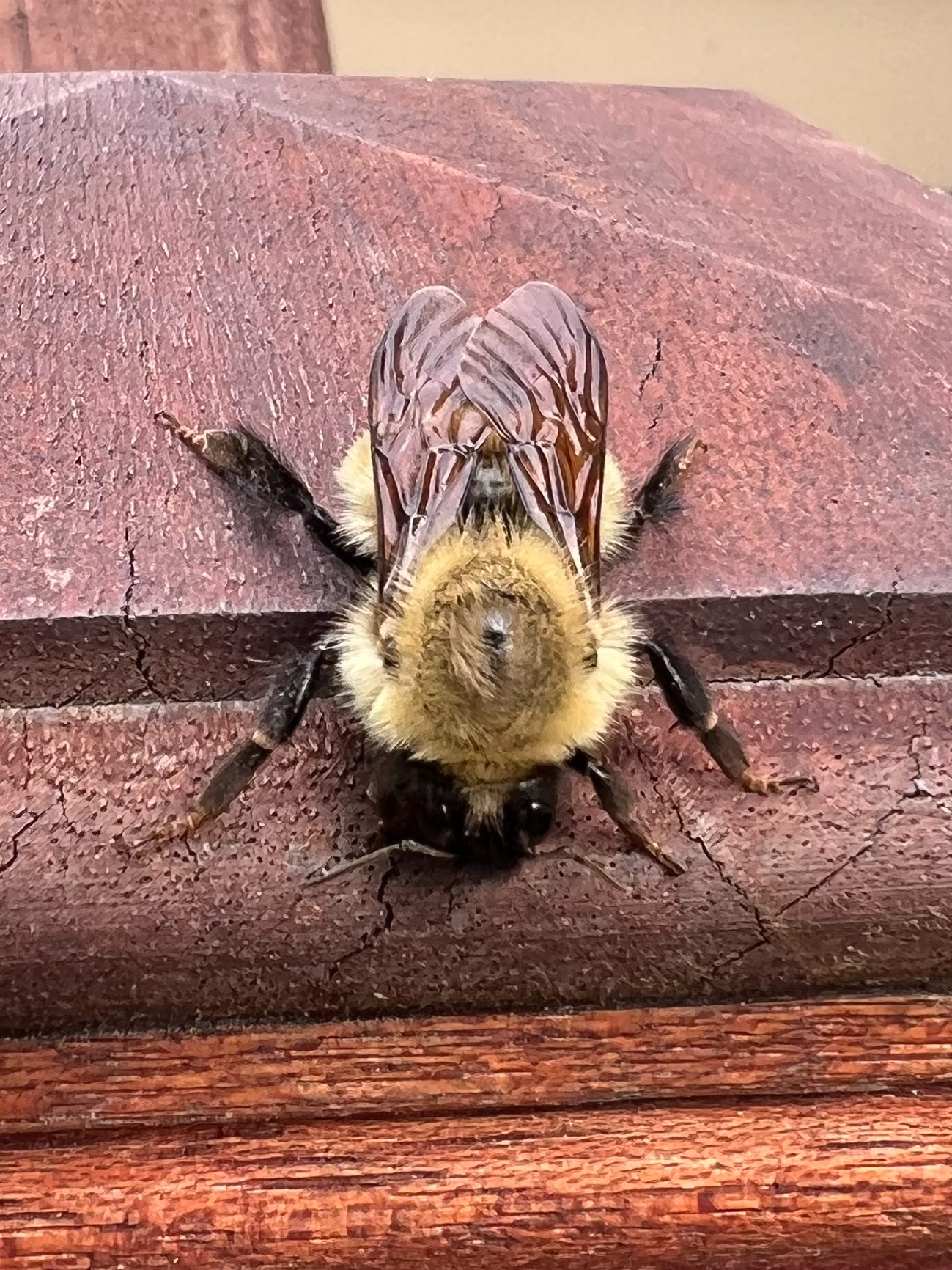
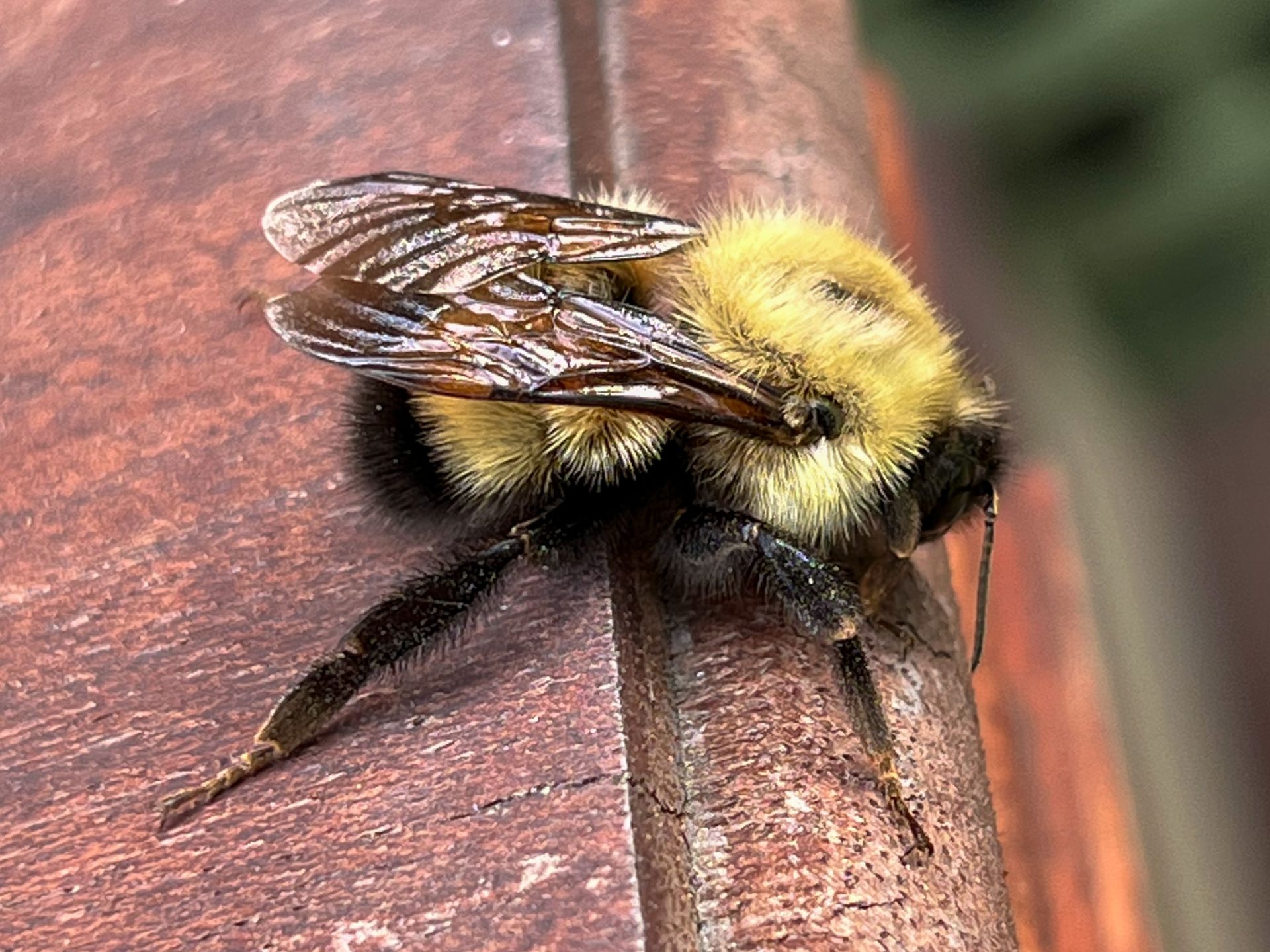
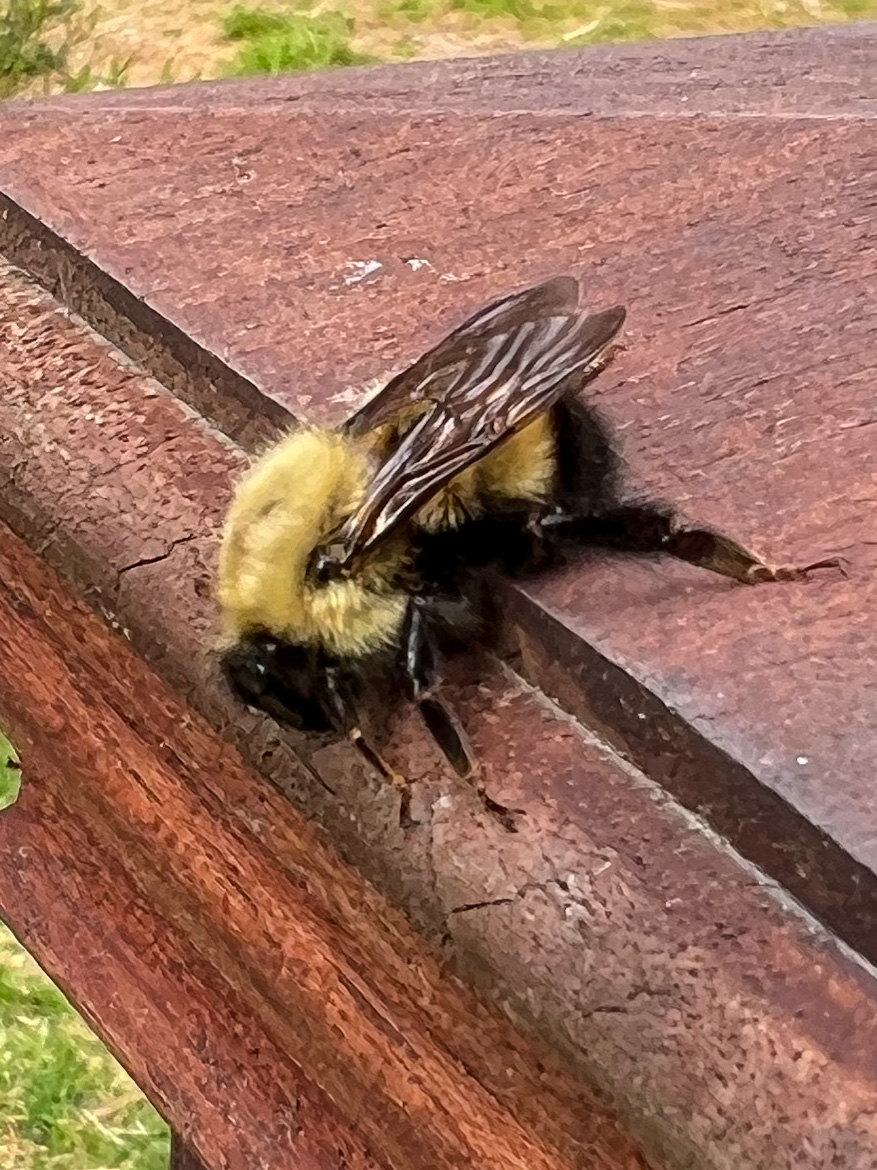
Edited by ConcordAntman, April 26 2022 - 5:42 AM.
I noticed 2 or 3 Bombus queens foraging in the ground ivy as I tended the bird feeders today so I grabbed my camera and managed to get some shots of Bombus bimaculatus gathering pollen and nectar. My third bumblebee species in as many days!
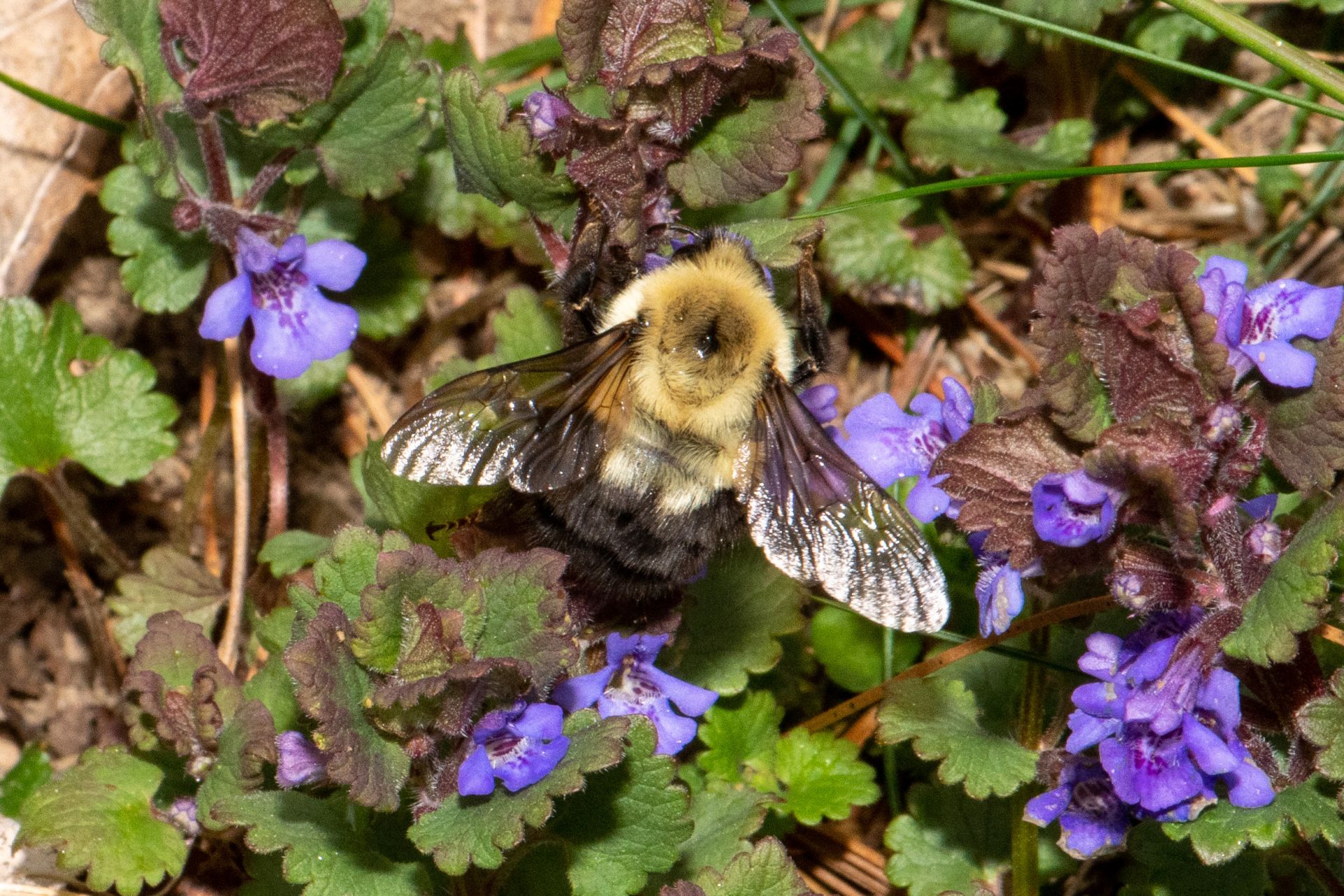
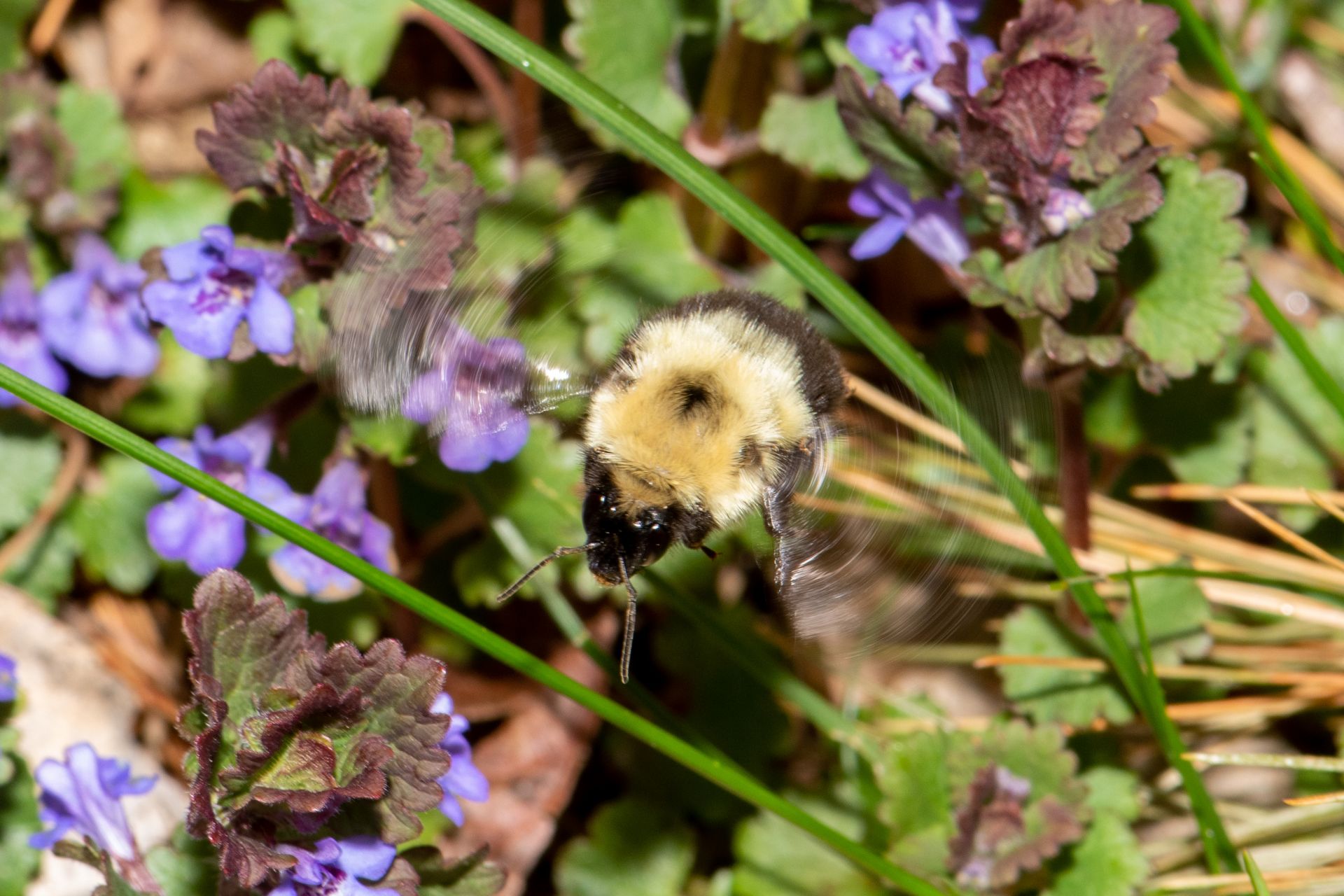
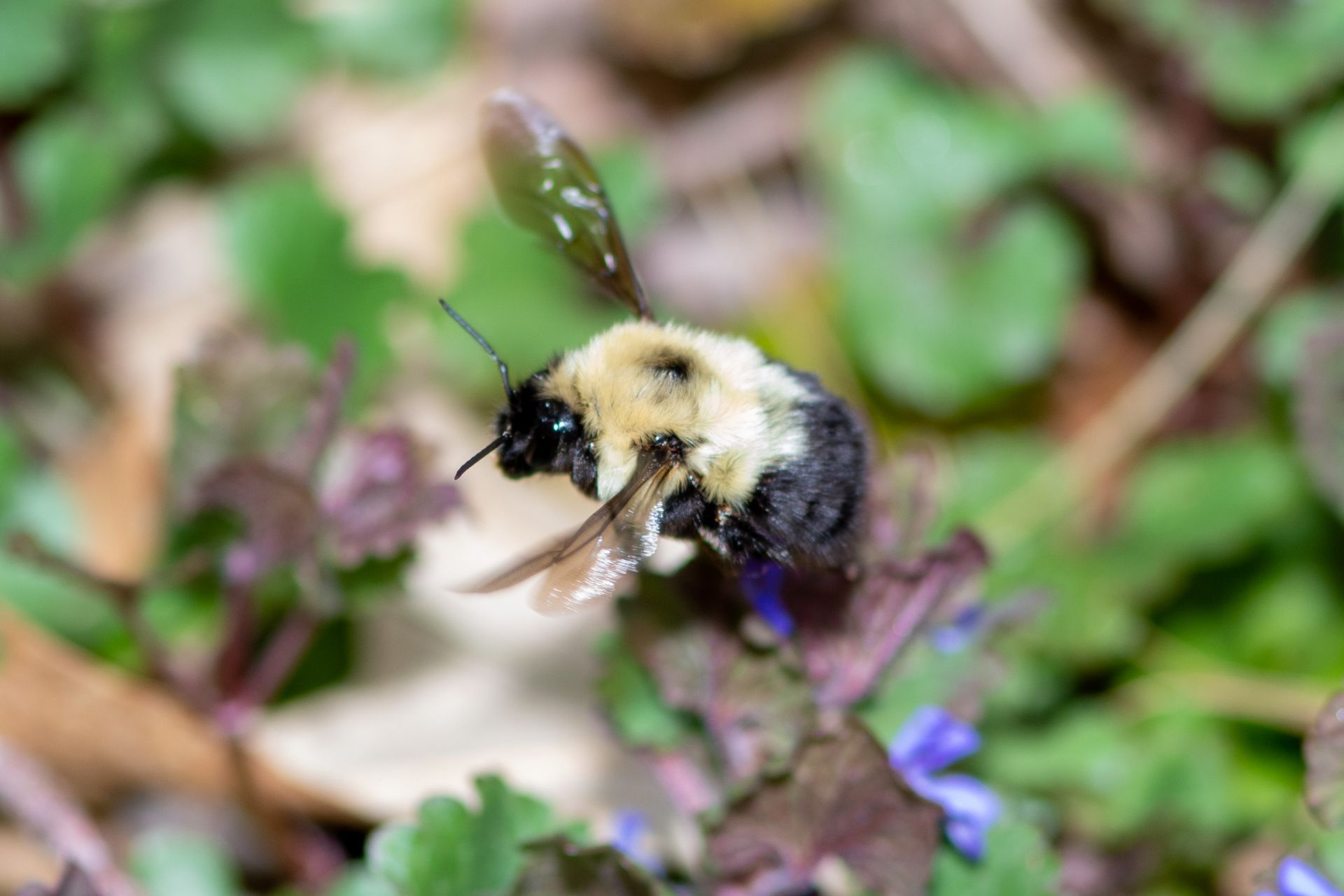
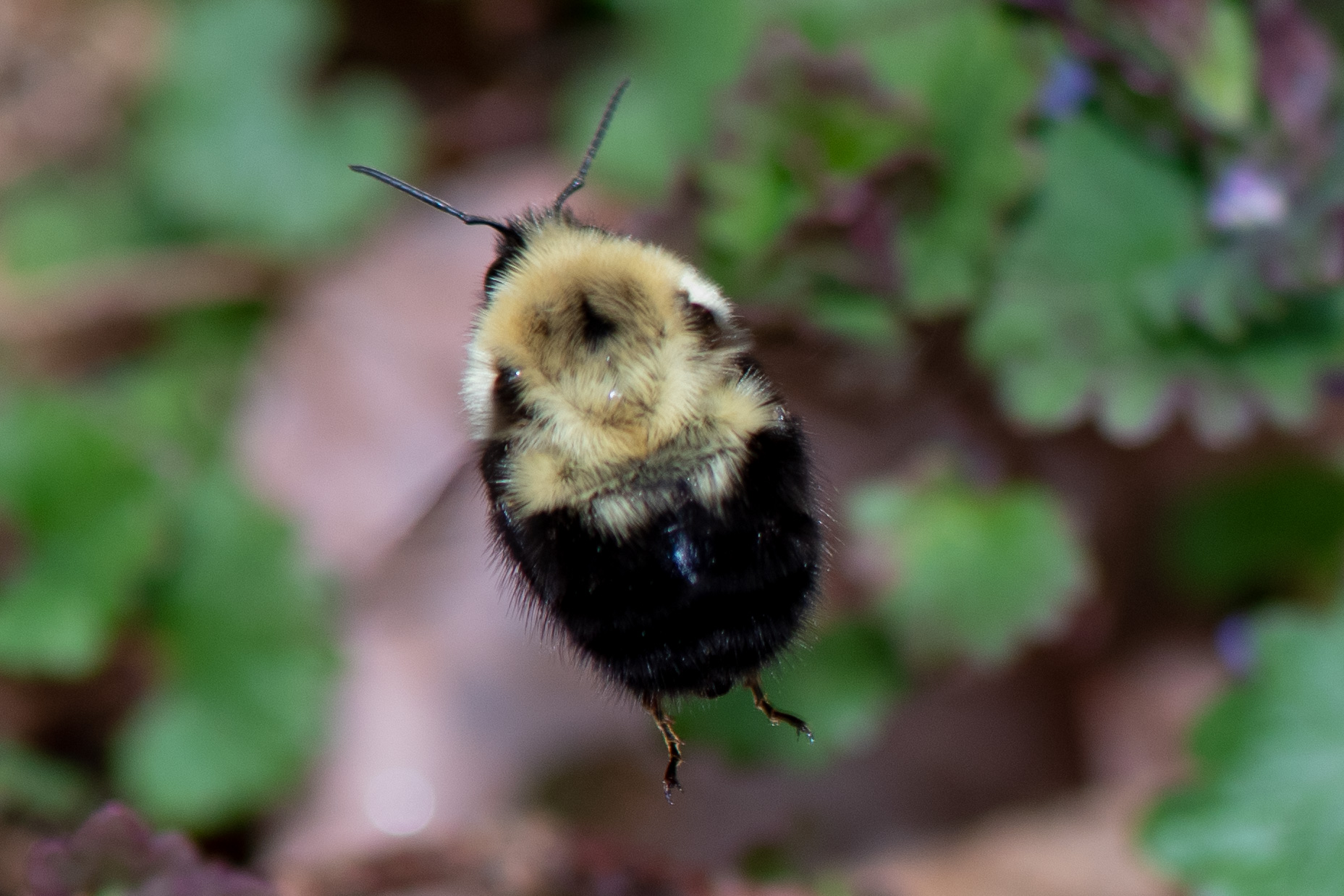
This is my second sighting of this species this week. It took me a few days to identify her though. I’m pretty sure she is a Bombus vagans.
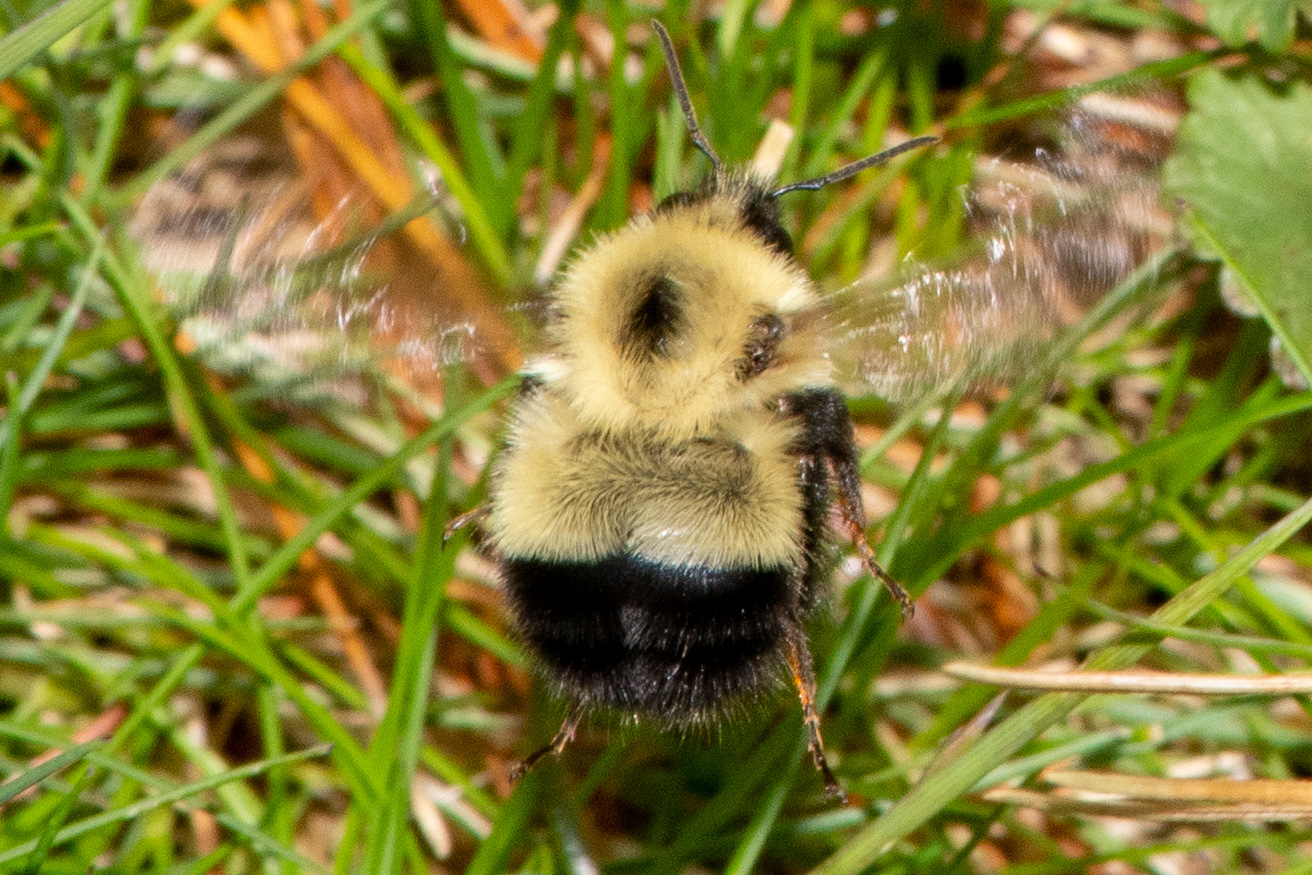
I want to give her a big hug!This is my second sighting of this species this week. It took me a few days to identify her though. I’m pretty sure she is a Bombus vagans.
Me too! I think this is the first time I’ve actually identified this species. When I saw it earlier in the week, I had no clue as to what she was.
Edited by ConcordAntman, April 30 2022 - 3:17 PM.
0 members, 0 guests, 0 anonymous users